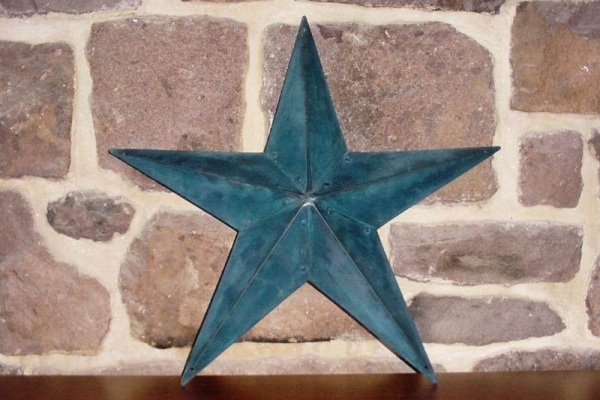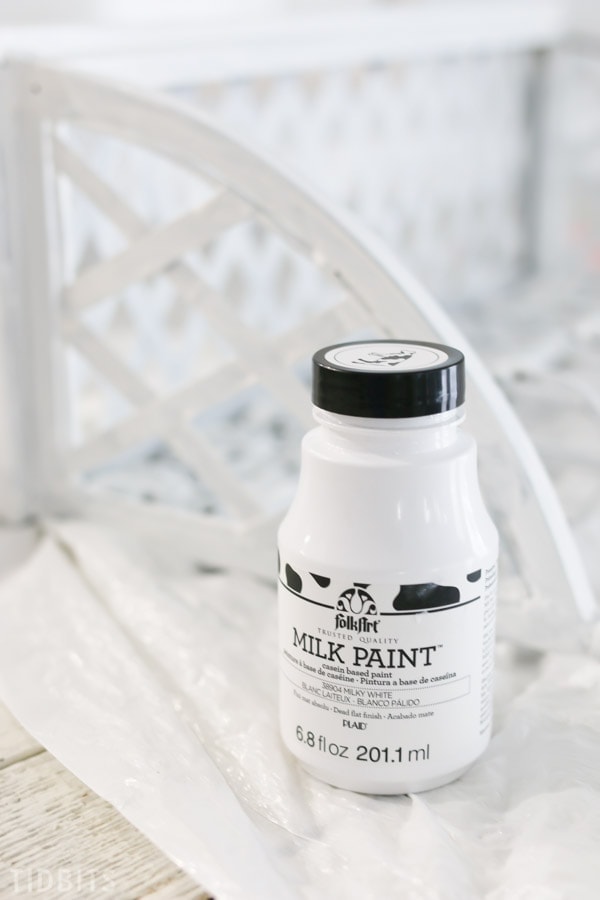

NATURAL BRASS PATINA HOW TO
I could speculate about the actual metal content of the piece, but on a separate try, I then discovered how to to stop the process and keep the finish. If I had rinsed the piece when it had reached the desired color, it would have been fine, but after several hours the metal had changed to many odd colors including pink. Works well in: Victorian, colonial, and other vintage-styled rooms.

This warm, low-luster finish is most similar to natural brass but will not tarnish or patina. Remember to seal the front and the back of the piece.Ī footnote from a recent experience - I was using white wine vinegar and salt on a couple of pieces of what I thought was copper that particular vinegar changed the metal to a green finish within mere minutes. Antique brass is treated to appear aged it’s typically a rich, deep brown shade with golden undertones. Otherwise, the patina will continue to develop as the brass is exposed to oxygen in the air. Most of the time, a patina occurs naturally as metals are exposed to oxidizing environments, such as the weather or even pollution. The rate of change or finish of the patina will depend on the environment in which the bronze is placedwhether there is clean air or industrial air, humidity, moisture, exposure to salt, and other similar factors. In a nutshell, a patina develops when a thin layer of oxidized metal develops on the surface of brass objects, like roofs made from a standard brass metal sheet. Whatever method you decide to try, after the brass has the patina you want and has dried thoroughly, a coat or two of varnish or matte lacquer sealant will help maintain the color you worked so hard to achieve. Special Considerations with Natural Patinas on Bronze Windows and Doors.


 0 kommentar(er)
0 kommentar(er)
